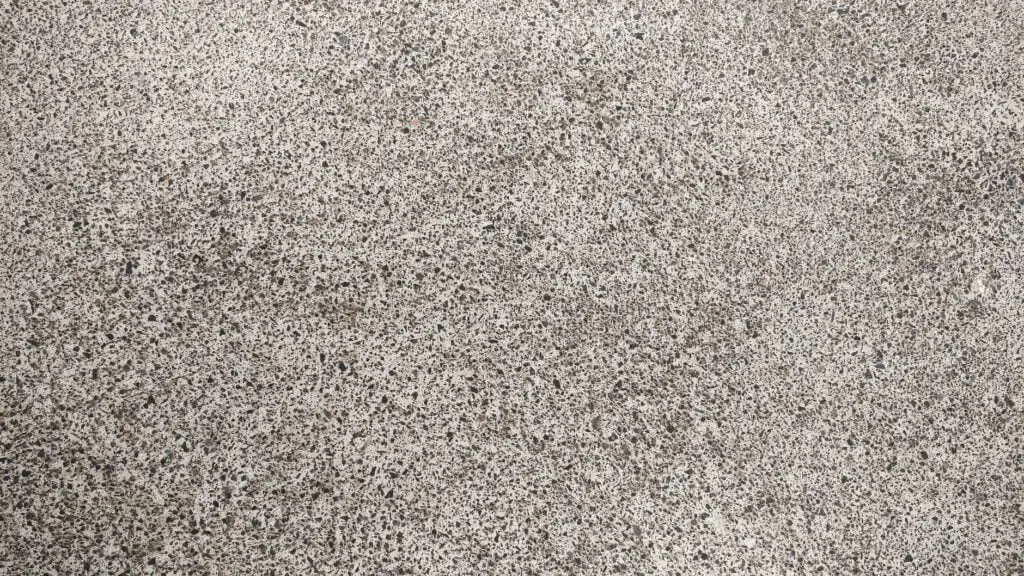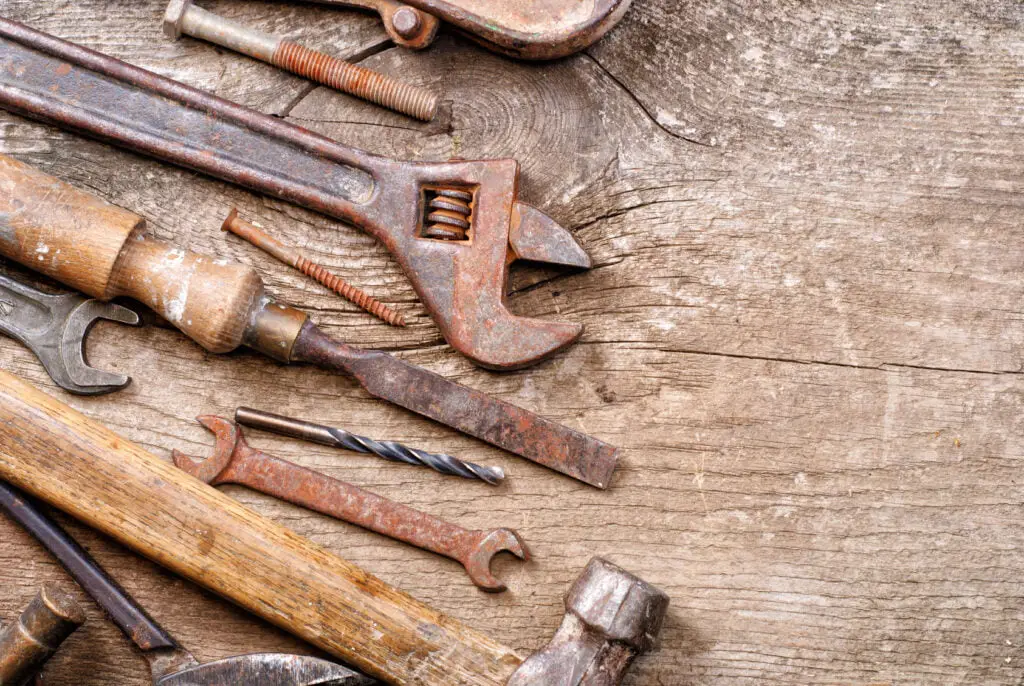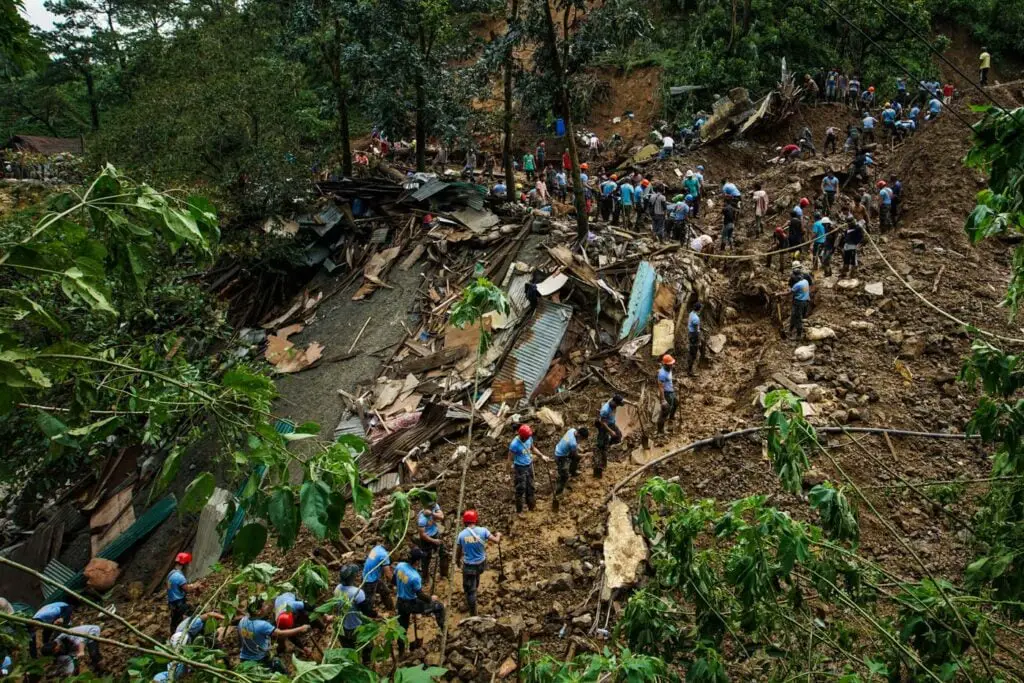There is no easy out of this but the rainy season is harsh and frequent in tropical countries like the Philippines. As the temperature rapidly rises and falls when the rainy season arrived, there are various instances that it can lead to major construction problems in and outside of the site. And sometimes, the rainy season can pose new sets of problems and challenges for both the workers and personnel.
In the Philippines, we deal with most of the rainy problems by doing all of the works during summer. Yes, rather than fight it, why not avoid it. But sometimes, construction tends to span in year length so we really need to fight our way of these problems, and here is the list of major problems that the construction site faces every rainy season.
Muddy Road, Wet Soil, and Landslides
One of the greatest trials when starting the construction is the excavation and backfilling works. Earthworks tend to involve heavy equipment and machinery, including multiple workers excavating the land and one of the greatest trials for an engineer on-site is the hardening of the soil due to rain and unexpected landslides.
Landslides can make your achievement and accomplishments poof within the day as all your excavated areas will go back to zero. I remembered that it happened to me one time on one of my sites in San Juan as the site is too narrow with no place to dump soil, we settle to move it to the side which is one of the epic failures as an engineer as the excavated soil fall back to the excavated area resulting in zero accomplishment for the day.
These can be prevented by placing the proper location of the excavated soil and actively monitoring the situation knowing when to stop and when to go during the continuous downfall of rain.
Muddy roads can be also a bit of a problem if you are constructing in provincial areas. I happened to do a project in San Jose Nueva Ecija where the site is so muddy including the pavements and roads with continuous rainfall that it is hard to move around. Instead of continuing the work, I instructed everyone to rest instead as it can be very dangerous midway.
Concrete Drying may be Hard to Achieve or Not Set at All
Concrete most especially manual mix has a minimum threshold to dry and set properly. It required a specific temperature to set and falling to achieve it may result in the muddy mesh of concrete and water. When the temperature drops lower than what is required by the concrete, the chemical reactions of it will not happen and will stay as part water part aggregates which is not good when you are concrete pouring for beam, slab, and other structural components.

To solve this problem, you must include admixtures such as low heat cement, heat-retaining admixtures, and fast hardening admixtures when you are pouring concrete on rainy days or low-temperature locations such as Baguio and such.,
You can also experience too much water mixing in the concrete so be sure to always check and do slump tests to accurately gauge the ratio of your concrete.
Rust is the Enemy of Construction
As the construction has all kinds of metals most especially reinforcement bars and steel matting, you can expect rust everywhere in your site, and they become rampant when downpour and rainy season occurs. They can affect the quality of the project materials if left unattended.
To prevent this, you must remove rust if you see them starting to corrode most areas, or you can apply rust preventive chemicals on your bars and other metals if you have an additional budget.
Concrete may Weaken in Rainy Season
Good that you prevented the concrete from not drying but there is one more obstacle for the concrete and that is weakening of the concrete during its curing stages. As concrete needs heat to grow and improve to its maximum strength, cold weather and low temperature can greatly affect the durability of the concrete.
To prevent this, you can install insulation for the concrete or add sufficient admixtures in your concrete batch mixes. This must be done to prevent cracking, scaling, and dusting to the concrete which shows that it is weakened to a degree and loss a lot of its life expectancy.
Heavy rain and sudden rain showers may also damage freshly poured concrete which is not suitable when you are pouring important structures such as columns, footings, and beams. For scenarios like this, it is best to postpone your pouring when the weather aligns with you.
Tools and Heavy Equipment may be Damaged and Affected by Rain
It is not all about concrete and metal you need to be concern about, you must also make sure that all your tools and heavy equipment are protected from the rain. Most of the heavy equipment is machinery that is greatly affected by rain and rust when it settled. Best you clean them up after using especially if you deal with earthwork and concrete works.
Even though heavy equipment is made to deal with these concrete, rust, and rain, continuous neglecting them can result in permanent damage to your property that you will need a new set which costs a lot of money. While tools are a lot lesser in cost, they can still affect you dearly if you keep neglecting them in the rain, the best way to do this is to clean everything up after every work to ensure their longevity and performance.

The right safety planning and usage of tools and equipment while constant monitoring on your materials and surrounding can help you overcome the rainy season especially if they do not want to cooperate with you to finish your project. Just be sure to always follow safety first most especially if you can see that the weather is angry and ready to ravage.
To see other material construction prices, please see here.
To know other construction guides, tips, and methodology for beginners, veterans, and contractors, please see here.

